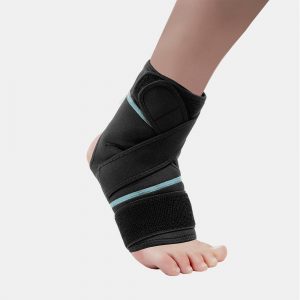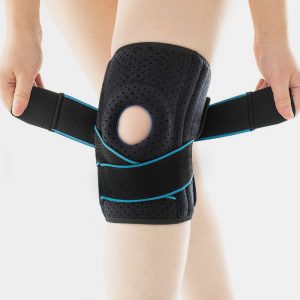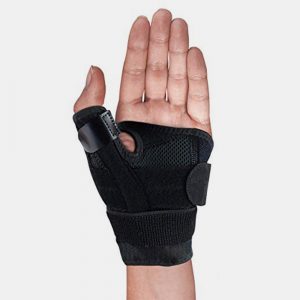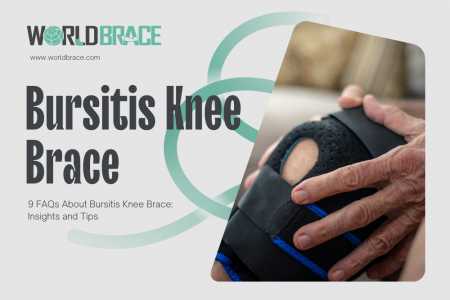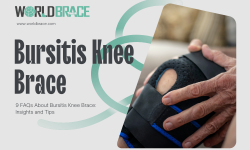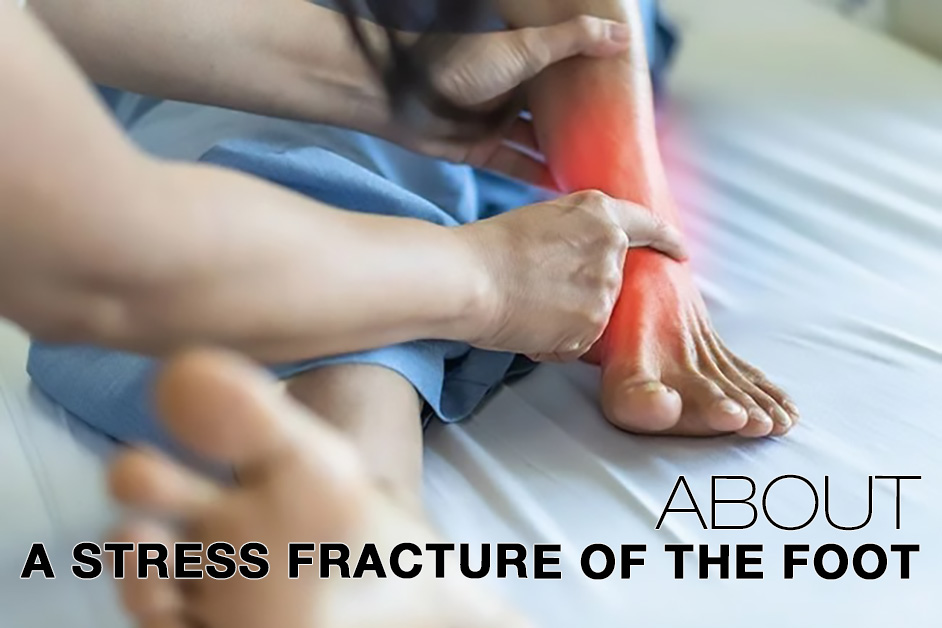
A stress fracture occurs in the foot. Since the size of our foot bones is small, they bear our body’s weight and allow us to jump, run or move. So injuries to them are for sure remarkable and tearing. But the awful news is that the hairline fractures in our feet heal on their own and sometimes may require minimal treatment.
In this article, we will be discussing what exactly a stress fracture in the foot looks like. What are their symptoms, and how can one treat them (including some of the best foot boots for stress fracture available at WorldBrace)? We will also shed light on other types of foot fractures and how one can benefit from using a broken foot boot.
What Exactly Is a Stress Fracture of the Foot?
Since there are some tiny bones in our foot, there is a high probability that they might sustain a hairline fracture. But the most common bones most likely to experience hairline fracture are the metatarsal, calcaneus, and fibula bones. The calcaneus bones are the bones near the heels, and the fibula bone is located in the outer bone of the lower leg. The talus is the small bone of the ankle and gives nagging pain when fractured. Metatarsal foot fractures are prevalent and usually break into the longer and thinner metatarsals.
Pain that develops gradually and fades away after specific rest can be one of the most common stress fracture symptoms. The other possible symptoms can be swelling, tenderness, or bruising that may occur across the foot.
It is always advisable not to ignore the symptoms of a stress fracture. If not taken care of and specific activities are carried out that may irritate the muscles, the fracture advances to a fully bone fracture and may extend the healing time.
Treatment for Stress Fracture in Foot
The treatment for a stress fracture in the foot usually involves relieving pain and allowing the patient to rest. The primary principle followed is RICE, which means rest, ice, compress, and elevate. This helps in soothing the muscles, and the healing process takes place.
A doctor can recommend specific additional steps to help speed up your recovery from a foot stress fracture. These steps may include modifying certain activities for approximately six to eight weeks. After that, one can switch to activities like swimming or walking rather than hardcore athletics as it puts less stress on the foot.
One may also require crutches, a boot for a broken foot, or any other form of protective footwear that helps reduce stress on the injured site for a specific period.
Although foot fractures tend to heal over a specific timeframe, some may require foot surgery to recover. The surgery usually requires using typical medical hardware like thin pins, plates, screws, etc., that internally support and help fix the bone in its designated place.
Navicular, Cuboid, and Other Midfoot Fractures
The Lisfranc joint is where the metatarsal bones, the long bones leading to the toes, and the tarsal bone, the cuboid, navicular and cuneiform bones that make up the bony area throughout the ankles and heel connect.
This area of our foot plays a significant role in stabilizing an individual’s arch that helps them while walking. Therefore, if any sprains occur in the ligament or any dislocation or breakage occurs in the bone, it can lead to avulsion fracture, which can be problematic.
If the sprain in the ligaments is mild or moderate, then it can be treated by a period of not bearing weights and teaching the use of a Lisfranc structure boot to allow the healing. However, it should be noted that if the lisfranc ligament injury tends to interrupt a fracture or dislocation, surgery is likely required to mend the fracture.
Navicular foot fractures usually occur in individuals involved in explosive sports activity. Since, in such activities, the foot area is relatively stable, it leads to fractures.
Jones and Avulsion Fractures of the Foot
The outer part of our foot, where the fifth metatarsal, the little toe, is located, is one such area of our foot that is more prone to injury, specifically fracture. In addition, an avulsion fracture is more common in this area, where the tendon or ligament of the foot pulls off a tiny piece of bone. However, this does not happen suddenly but is a result of repetitive actions of the past. Chip fracture is also prevalent in our ankles.
Children's Foot Stress Fractures
Recovery of stress foot fractures in children likely depends on the damage, whether along the growth plates or at the end of the bones. Since these areas are the last p[part of the bone that hardens, they are more prone to fracture. A slight twist of the ankles can irritate the bones, making them prone to snap in the growth plate of the foot. At the same time, an adult can sustain the twist and may only get a strain.
Since these plates help determine the length and shape of the mature bones, giving special medical attention is the key to avoiding the fracture of the growth plate in the foot that can lead to development problems.

